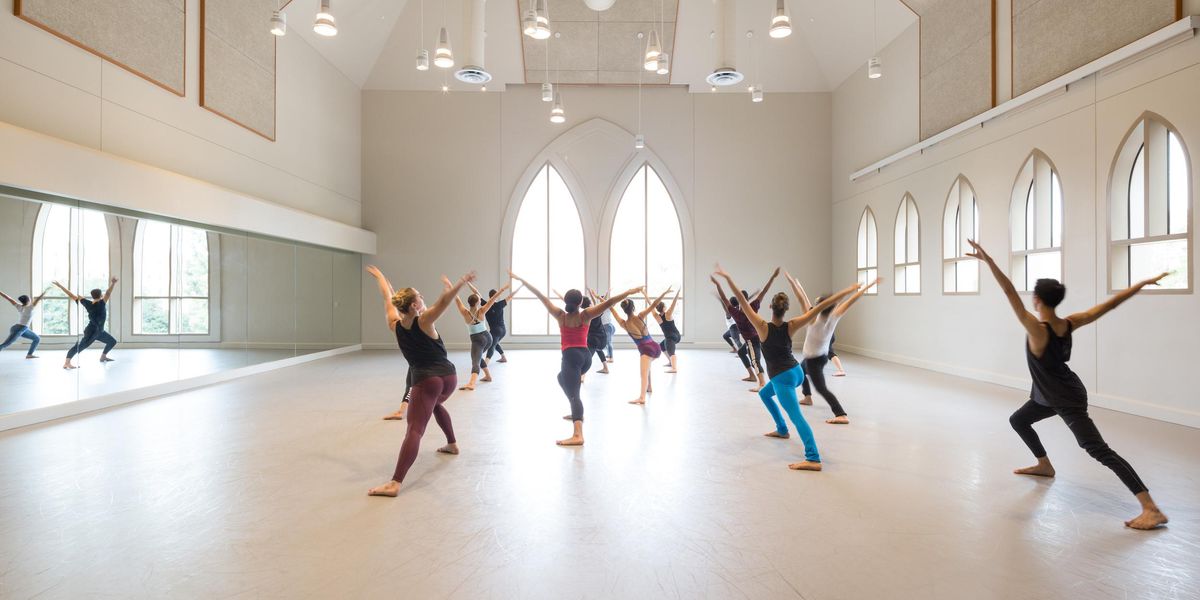Hear Bill T. Jones Discuss Creativity & Social Turmoil
When the news is filled with tragedy, turning to creative work can have a powerful effect on ourselves and our communities. This afternoon, the inimitable Bill T. Jones, a choreographer who is well known for his challenging dance pieces that tackle social issues head on, spoke on WNYC (New York City’s local NPR station) with poet Claudia Rankine and journalist Rebecca Carroll to discuss the importance of creative expression in the midst of social unrest and violence.
They spoke candidly about gun violence in the U.S., the need to develop new ways to talk about racism and social justice, the role that the media plays in mediating the public’s response and the place that art holds in the midst of it all. Overwhelmingly, the idea emerged that there is no single correct response to tragedy: it is important to simply respond, and to use art as a source of comfort and a place for dialogue. Jones had less air time than we might have wished, but when he did speak it was insightful, honest and arresting—much like his choreography. Read highlights of Jones’ wise words below, and listen to the full conversation here.
There is no correct way to respond.
Jones pointed out that as artists, and as people, there isn’t a “real right or wrong” when it comes to reacting to tragedy. He went on to question the notion of universal truth, offering instead the idea that truth is subjective and based on our individual perception.
Art-making is crucial to discussing difficult issues.
Rankine observed that art can lend nuance to complex conversations when normal dialogue fails. Jones agreed, noting the struggle between the artist as someone who engages in public performance and as a human being trying to understand and express the effect that the outside world has on the inner psyche.
“I wish I could be in some place where people can sing together.”
Jones expressed his desire for the grieving to discover what it means to sing together. He spontaneously sang a snippet of “I Shall Not Be Moved” on air, saying he heard his mother’s voice in it and was finding comfort there.
On his current project,
Analogy 1, 2, & 3: The first “analogy” is about his mother-in-law, a Holocaust survivor; the second, his nephew; the third is semi-fictitious but deals with buried trauma. Though Jones allows that there are moments in the works where the thematic links may be visually unclear, that was not the most important thing to him: “Can you hear my heart in it? Can you hear that, at a time when I could have escaped to abstraction, this work is trying to grapple publicly with, I don’t know, but I think I can do this. That’s what art-making is for me. That’s what conversation is for me.”




